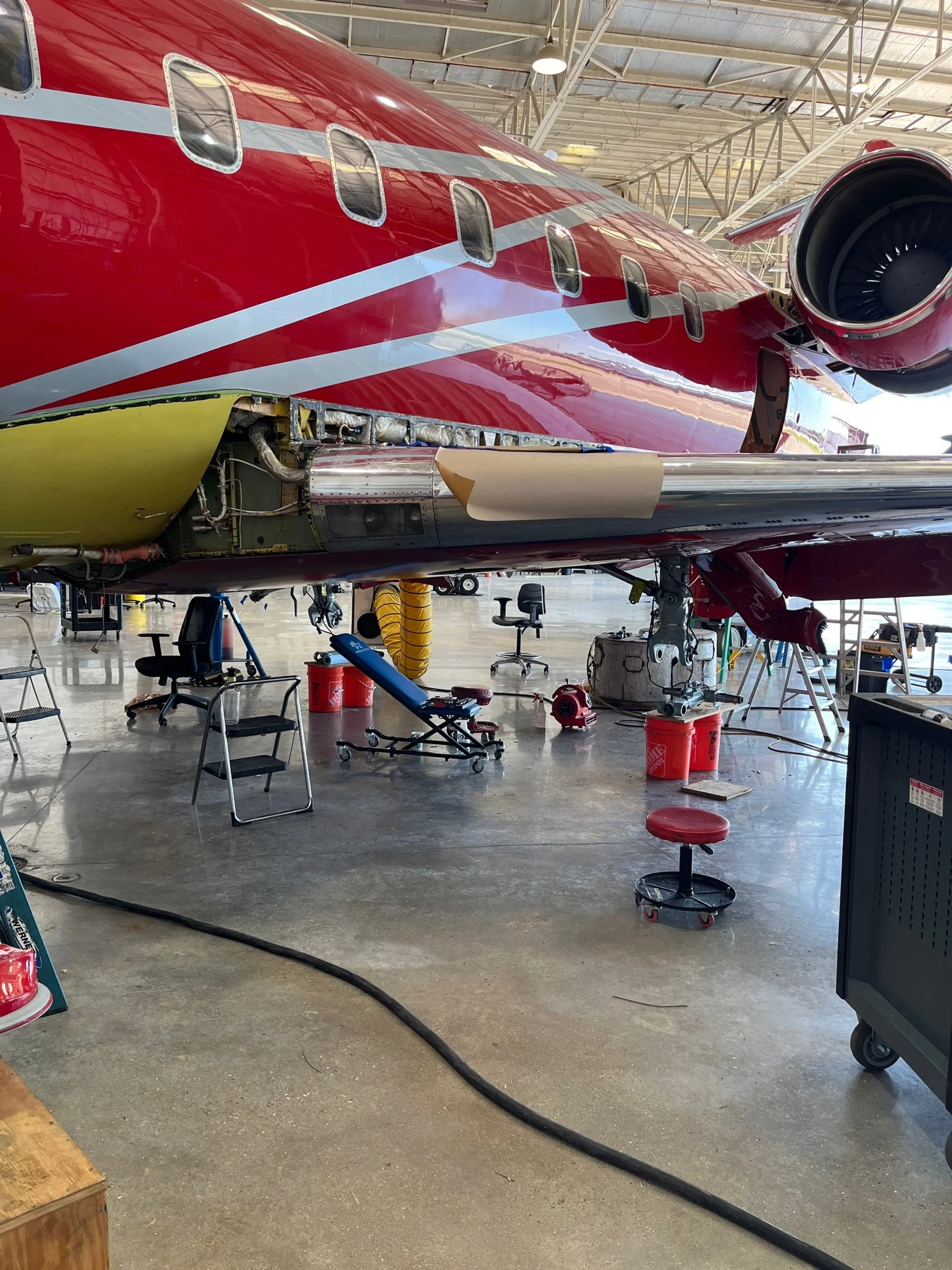Challenger 601: The Ultimate Guide to Maintenance and Performance
Brief Overview of the Challenger 601 Series
The Bombardier Challenger 601 series represents a significant milestone in the evolution of business aviation. Introduced in the early 1980s as an improvement over the original Challenger 600, this family of aircraft quickly established itself as a cornerstone in the mid-size, long-range business jet market. The 601 series embodies a blend of performance, comfort, and efficiency that has made it a preferred choice for corporations, high-net-worth individuals, and charter operations worldwide.
Historical Context and Development
The Challenger series was initially conceived by Bill Lear, the aviation pioneer behind the Learjet. Canadair (later acquired by Bombardier) took over the project, refining the design to create a spacious, transcontinental business jet. The 601 series, launched in 1983, represented a significant evolution from its predecessor, addressing market demands for improved performance and advanced systems.
Key Features and Innovations
Powerful and Efficient Engines:
Equipped with General Electric CF34 turbofan engines
Significant improvement in thrust and fuel efficiency
Enabled longer range and better high-altitude performance
Extended Range Capability:
Non-stop flight capability of up to 3,500 nautical miles
Suitable for intercontinental travel, e.g., New York to London
Reduced need for fuel stops, enhancing operational flexibility
Spacious and Versatile Cabin:
Wide-body design offering superior comfort
Typically accommodates 8 to 12 passengers
Various configuration options: executive, corporate shuttle, or VIP layouts
Stand-up cabin height of 6'1", allowing easy movement
Advanced Avionics Suite:
Modern flight deck systems enhancing safety and efficiency
Digital Electronic Flight Instrument System (EFIS)
Improved navigation and communication capabilities
Aerodynamic Improvements:
Redesigned wing with improved lift-to-drag ratio
Better climb performance and fuel efficiency
Variants and Continuous Improvement:
601-1A: Initial production model
601-3A: Introduced in 1987 with aerodynamic refinements
601-3R: Further range improvements and updated avionics
Market Impact and Legacy
The Challenger 601 series played a crucial role in shaping the super-midsize business jet category. Its success paved the way for subsequent Challenger models and influenced competitor designs. Many 601s remain in service today, testament to the aircraft's durability and ongoing market appeal.
Importance of Proper Maintenance
Maintaining a sophisticated aircraft like the Challenger 601 is not just a regulatory requirement; it's a critical aspect of ownership that impacts every facet of the aircraft's operation and value. The importance of a robust maintenance program cannot be overstated:
Safety Assurance:
Regular inspections and maintenance prevent potential in-flight issues
Ensures all critical systems are functioning within specified parameters
Proactive identification and resolution of wear and tear
Regulatory Compliance:
Adherence to maintenance schedules is mandatory for airworthiness certification
Compliance with aviation authority regulations (FAA, EASA, etc.)
Proper documentation of maintenance activities for audits and inspections
Performance Optimization:
Maintains designed capabilities in range, speed, and fuel efficiency
Ensures engines operate at peak efficiency
Preserves aerodynamic properties through proper care of airframe and control surfaces
Asset Longevity:
Extends the service life of the aircraft beyond the typical 20-30 year expectancy
Protects the substantial multi-million dollar investment
Reduces long-term ownership costs through preventive care
Resale Value Preservation:
Well-maintained aircraft command higher prices in the secondary market
Comprehensive maintenance records increase buyer confidence
Potential for faster sales process when maintenance history is impeccable
Operational Reliability:
Minimizes Aircraft on Ground (AOG) situations
Reduces flight delays or cancellations due to mechanical issues
Enhances schedule integrity, crucial for business operations
Cost Management:
Preventive maintenance often less costly than reactive repairs
Allows for planned, budgeted maintenance expenses
Avoids costly unscheduled maintenance and potential charter revenue loss
Passenger Comfort and Experience:
Ensures all cabin systems function properly for a pleasant journey
Maintains the aircraft's luxurious feel and appearance
Contributes to overall passenger satisfaction and safety perception
Environmental Responsibility:
Well-maintained engines operate more efficiently, reducing emissions
Proper maintenance ensures compliance with noise regulations
Supports sustainable operation practices in aviation
Insurance Considerations:
May positively impact insurance premiums
Demonstrates responsible ownership to insurers
Could be crucial in claim situations
Given the Challenger 601's complexity and high-performance nature, a comprehensive and meticulous approach to maintenance is not just recommended—it's essential. This guide will delve into the specific maintenance requirements, schedules, and best practices for keeping a Challenger 601 in prime condition throughout its operational life, ensuring it continues to deliver the performance, safety, and luxury that made it a leader in its class.
Challenger Aviation's Commitment
As an FAA Certified Repair Station, we are committed to delivering the highest standards of quality and safety in every heavy inspection we perform. Our central location at Houston's Hobby Airport, the third-largest corporate aviation airport in the USA, makes us an ideal choice for corporate aircraft operators across the country. Trust Challenger Aviation for thorough, professional heavy inspections that keep your corporate aircraft safe, compliant, and ready for flight.
Contact Challenger Aviation
For expert corporate aircraft maintenance services, contact Challenger Aviation. Our expertise, particularly with Challenger models, combined with our unwavering commitment to quality and safety, ensures your aircraft receives the best care possible. Trust Challenger Aviation for all your corporate aircraft maintenance needs.

